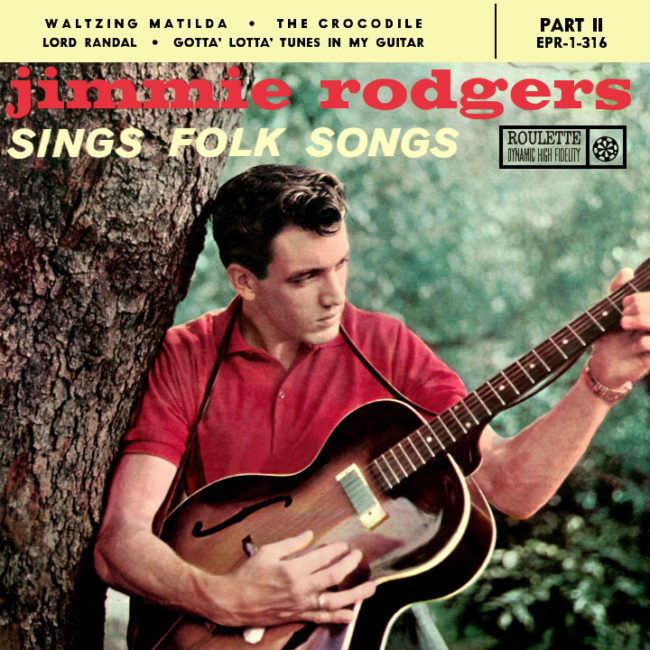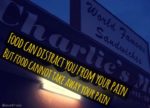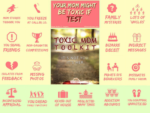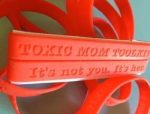Last updated on May 21st, 2018 at 07:41 pm
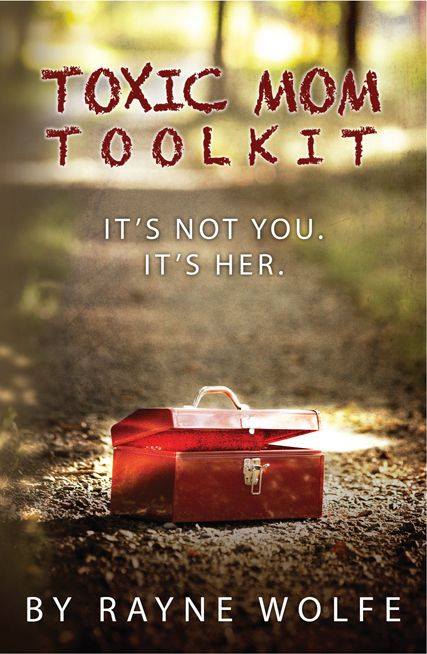 Before I started my big dream to write my book, Toxic Mom Toolkit, my mind was taking me on these imaginary journeys. I’d visit a San Francisco department store that my grandmother and I had once been to, and I’d find the one place in that store of which I was sure my Mary Janes and her Ferragamos once stood side-by-side.
Before I started my big dream to write my book, Toxic Mom Toolkit, my mind was taking me on these imaginary journeys. I’d visit a San Francisco department store that my grandmother and I had once been to, and I’d find the one place in that store of which I was sure my Mary Janes and her Ferragamos once stood side-by-side.
My internal camera lens opened wide, wider, WIDER.
On one trip to the SF, I decided to physically visit my childhood neighborhood playground in which there is a little hut-style building where I attended Tiny Tots from 9 to noon until I was ready for real school. It was a gray, cold day, and the building, deserted. I turned my back to the door, leaned back, and slid down ‘till my seat hit the heels of my shoes.
I looked around with my internal lens open wide. I saw that I could be a reporter for my life.
I remembered the basketball net was very high and the trips back home, two blocks away on my little feet could take a good ten minutes. The playground monkey bars grew bigger; time grew longer as I began to understand what happened to me.
When I refer to my home, it is the flat my parents rented for 20 years in the Avenues next to Golden Gate Park. For a short while during my childhood, this was a safe place, but by the time I was seven years old, it was dangerously unstable. At any moment my mother would dash out crying or swearing; my father would crumble, or someone would knock on the front door looking for money or trouble. My father would open the front door and deck one of my mother’s suitors–often one of his friends.
By the time my parents divorced, the long hallway had exposed a peppered horizontal row of patched holes where my dad put his fists through the wall out of sheer frustration.
I walked up the stairs and looked at our old, supermassive brass doorknob. Ka-klunk! Squeeeeeek. Slam! echoed in my mind.
When I looked up, I saw that there was a sign taped to the inside of the faceted glass door, “Please enter silently, remove your shoes and wait to be greeted.” To the right of the doorframe was another sign on a blue square of paper “Healing Center.”
You can’t make this stuff up. I half expected a white rabbit to run by me.
It turns out, the lady living in the upstairs flat uses the lower one, my childhood home, as a therapeutic healing center utilizing methods she learned in Tibet. She insisted that I take a tour.
Our old living room is now a therapy room with one chair facing two others. There were still things like a typical kitchen, a standard bathroom, but my bedroom, which once had yellow gingham and daisies wallpaper, where I listened to “Honeycomb, Won’t You Be My Baby” on a 45 over and over, was now a peaceful massage room.
My parent’s room?
Where the Lucy and Desi twin beds once demarked territory where several mid-century swivel chairs — for a group.
I started to cry and this woman swept me up gently in her arms. It was one of the most surprising, mystifying experiences of my life. As we walked up the hallway, I felt the scratchy patches. My dad never was much of a handyman. I asked the woman, have you ever wondered what these patches were? And I told her my dad punched the wall instead of hurting others.
“There was a lot of pain in this house. You have no idea,” I told her smiling; wiping my eyes.
“Not anymore,” she replied.
As I near the end of this book-writing journey, I’m amazed at how all these little story tiles have come together to create a mosaic in such surprising ways. So many things I could never have imagined have happened. Who knew that within two years I would lose not only my toxic mother but also my darling step-mother while at work on my Toxic Mom Toolkit book.
My childhood address is now a healing destination where others do the work they must do to find peace. It made me realize that even the worst venue of your life has the potential to shake off its history; to redefine itself and rise like a Phoenix. All the years that I had it frozen in my personal history, it had been busily evolving without me.
That’s why it’s important to face things, to examine tough stuff, to dream and to plant seeds of hope through personal declarations and dream projects.
The worst experiences can produce the best results–you must only believe it to make it so.
And heal from the ghosts of a toxic mom past.
Rayne
 | 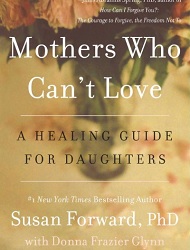 | 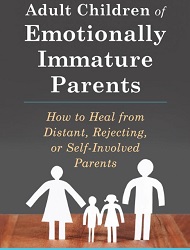 | 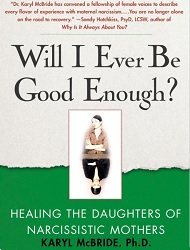 |
|---|
These are the set of questions I put together to ask daughters of toxic mothers for their stories for my Toxic MomToolkit book. You are welcome to use them to explore your family history.
20 Questions for Adult Children of Toxic Mothers
1. What year were you born and where does your birth fit in among siblings? Describe your parents/family. Did your family grow through adoption or foster placement?
2. What is the story of how your parents met?
3. What about each of your parent’s teen years and what their parents did for a living. Are there any unusual relationships within the family that are pertinent to your family life today?
4. What is the arc of your academic and professional life to present? What is your current occupation? If you volunteer in your community, how often? Doing what?
5. Describe your occupation, why you chose it. What about your hobbies?
6. Describe the relationship with your mother in three segments: as a child, a teen and young adult.
7. How old were you when you first realized your mother was different than other mothers?
8. What is your biggest criticism of your mother?
9. What would she criticize you?
10. Describe any significant periods of estrangement. How easy (or difficult) was it to limit (or cut off) contact?
11. How has your relationship with your mother affected your relationships with others?
12. How many friends can you really talk to about your mother?
13. Describe your current family status. Do you have children? If not, why not?
14. How many siblings do you have? Are you close or estranged? Why?
15. Describe your current relationship with your mother. Given your current levels of contact, how are you viewed within your family?
16. Have you ever talked to a therapist about your mother? Was it helpful?
17. Moving forward, do you anticipate any changes in your view of your mother?
18. Do you experience personal guilt, social guilt or remorse about decisions you’ve made regarding your mother?
19. As your mother ages, do you see yourself having more or less contact? Why?
20. Have you taken the ACE Quiz? Take the Ace Quiz here and note your score.

Enjoy this special 8WomenDream Guest Contributor story submitted by new and experienced big dreamers throughout the world, edited and published to capture a dream perspective from different points of view. Do you have a personal dream story to share with 8WomenDream readers? Click here to learn how to submit dream big articles for consideration.
Note: Articles by Guest Post Contributors may contain affiliate links and may be compensated if you make a purchase after clicking on an affiliate link.
